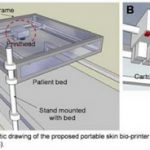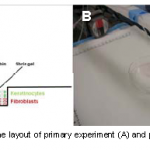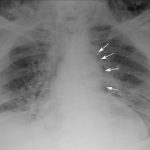Nonoperative management is the standard of care for most solid organ injuries, including the liver. More serious injury may require operative intervention. Unlike the spleen, however, the liver has a higher complication rate when managed nonoperatively or operatively. One of the more troubling problems is the persistent bile leak. Our radiology colleagues do a great job a draining collections, but what should we do if the bile keeps pouring out?
ERCP seems like a reasonable choice. But does it work? The Shock Trauma Center looked at their experience over a 6 year period. They included both blunt and penetrating injuries to the liver, and found a total of 26 patients in their database. All but 2 underwent an initial attempt at operative control of the bile leak. All but one had ERCP performed within 3 weeks of admission.
They found that ERCP resulted in decreased drain output within 2 days. All bile leaks stopped within 7 months, with an average closure time of 47 days. There were no complications from ERCP itself.
Bottom line: consider ERCP part of your armamentarium when dealing with major liver injuries. Depending on patient condition, it might even be used as the initial approach to controlling a bile leak. If the leak does not decrease significantly or close in a reasonable period of time (not yet defined), operative intervention will still be required.
Reference: Endoscopic retrograde cholangiopancreatography is an effective treatment for bile leak after severe liver trauma. J Trauma, in press, 2011.




